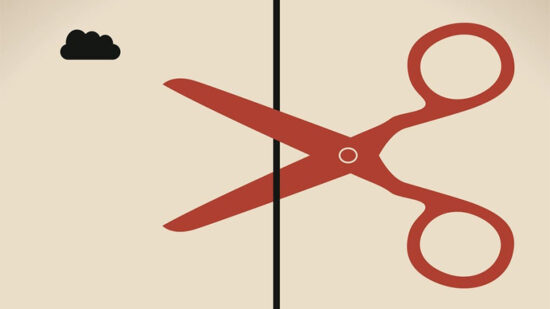Central banks have prevented the 2008 crisis from triggering a global economic collapse, but they have created financial instability in the system, which now forces them to remain involved. The Fed will be challenged in its attempt to disengage from its extraordinary accommodative policy. But rolling back its first rate rise, let alone resorting to a QE4 at one point would conversely be a very unwelcome admission of failure.
The status quo, ie inaction, will therefore be a tempting middle-of-the road choice for the Fed in the coming months. The ECB and the Bank of Japan have started to explore the new territories of negative policy rates, conscious that extending the size of asset purchases will soon reach physical limits, and is subject to the law of diminishing returns anyway. But negative rates carry their own side-effects, in particular on the operating margins of the banking sector.
Helicopter money
This diagnosis leaves central banks in a more and more uncomfortable position, and investors should worry about it. The banks’ failure to achieve their growth and inflation targets so far would justify that they pursue their efforts. In addition, the imbalances they have created make it risky for them to withdraw their support, lest it trigger more stress in the global financial system.
But by the same token, to paraphrase Einstein, doing more of the same and expecting a different outcome would be insane. Something will have to give. Some observers are starting to evoke Milton Friedman’s “helicopter money” solution, whereby central banks would go all-in and print to directly feed the money supply. Or markets might finally have to recognise that the economic impact of the financial crisis was delayed for many years, courtesy of central banks’ unorthodox actions – but procrastination can only last so long.







